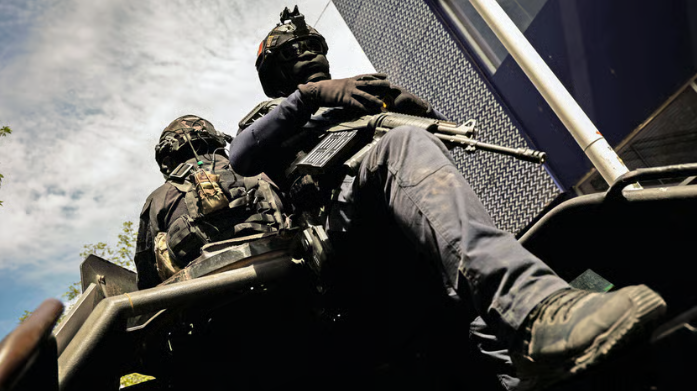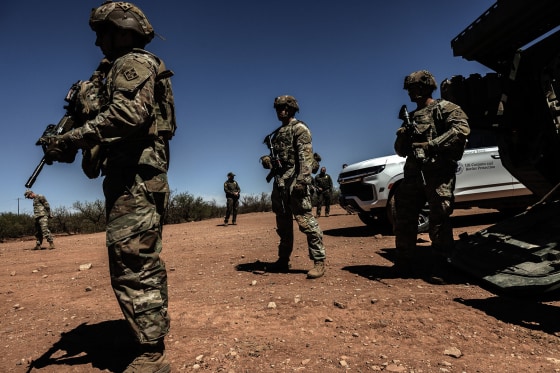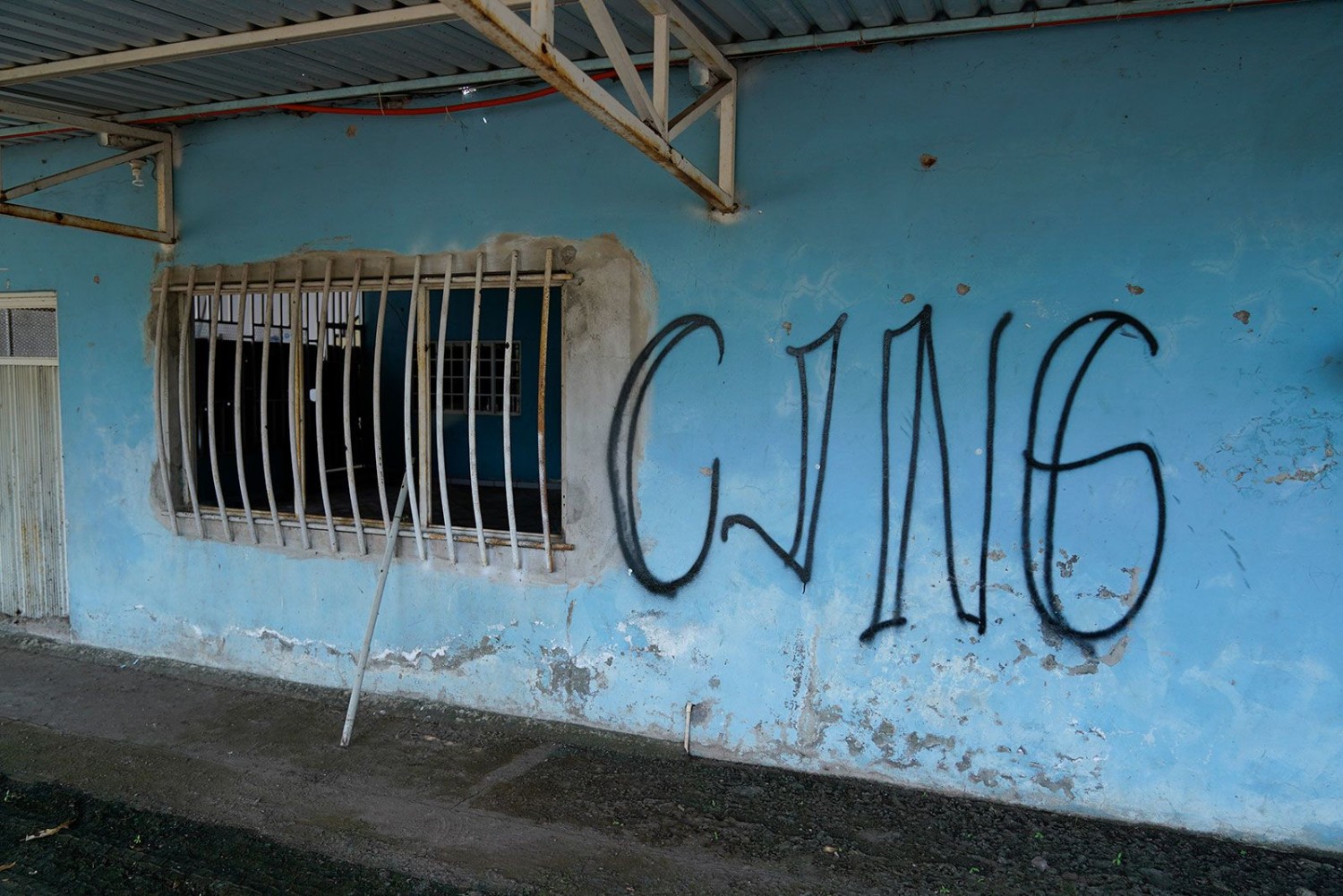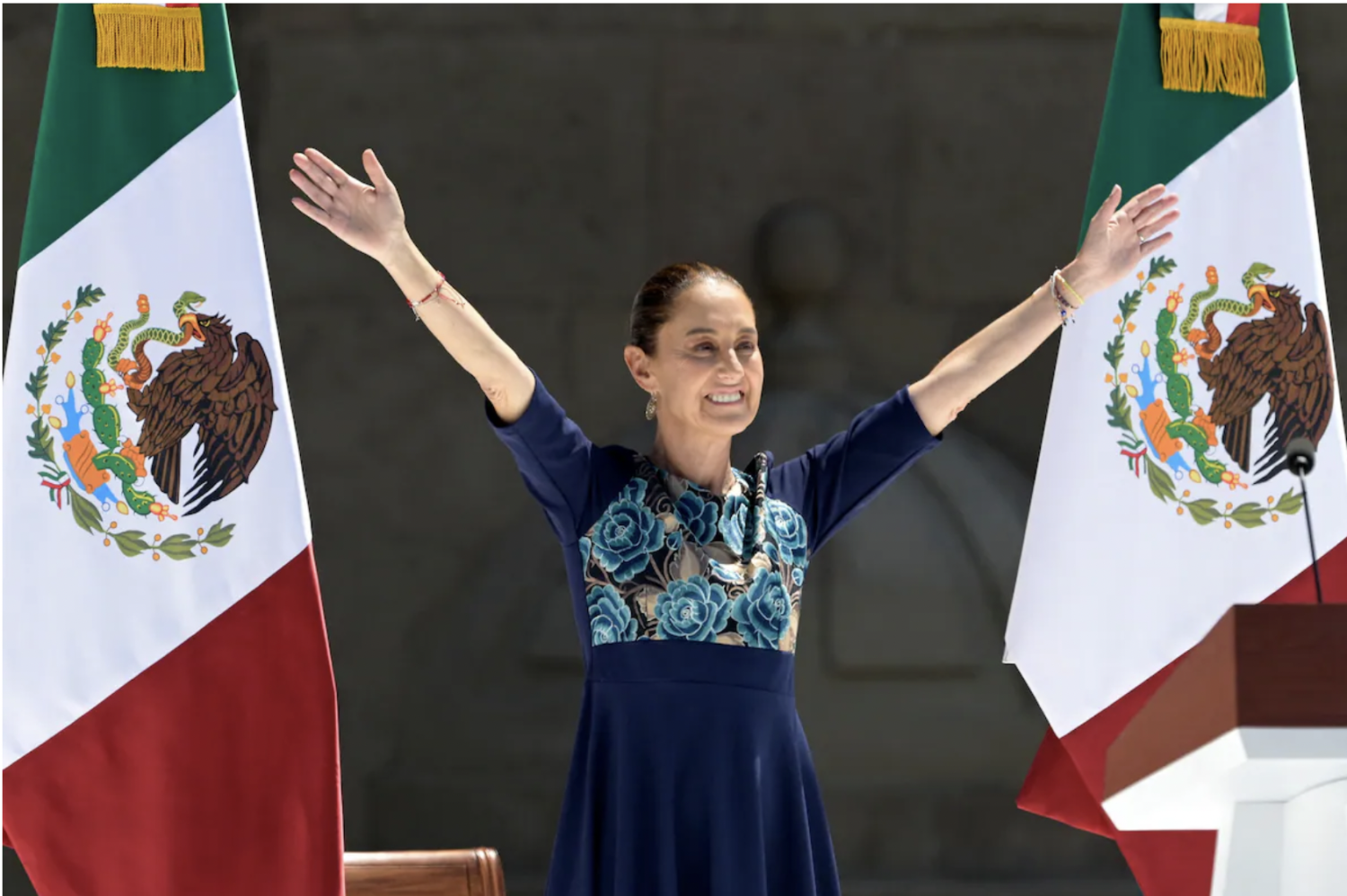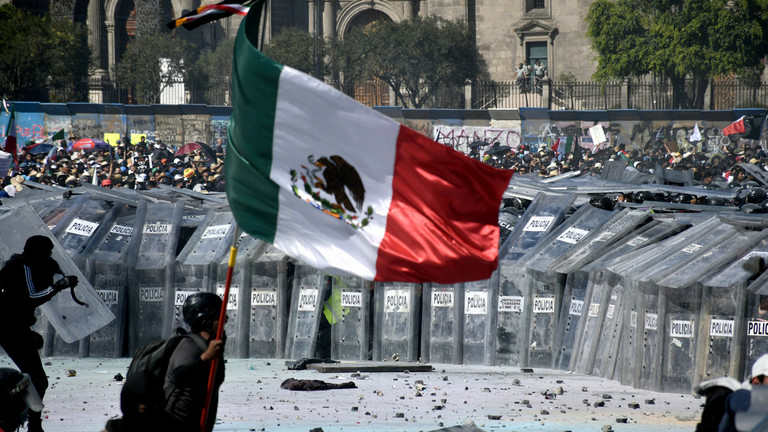
This article is more than
7 year old8 Mexicans comprise a bigger share of border prosecutions since Trump ended family separations
Mexicans have made up a larger share of the migrants prosecuted for crossing the border illegally Since President Donald Trump signed an executive order to end family separations, a USA TODAY analysis of the nation's most active court for immigration prosecutions shows.
The analysis also shows a shift away from prosecutions of migrants from the Central American countries that the Trump administration associates with the violent MS-13 gang. The administration has cited the gang as part of its justification for its controversial zero-tolerance border enforcement policy, which has led to thousands of children being separated from their parents.
Of those charged with crossing the border illegally in the Southern District of Texas since Trump's June 20 order, nearly half were Mexican, complaints that USA TODAY analyzed show. In the days before the executive order, Mexicans made up a third of those charged with the misdemeanor offense.
Meanwhile, the share of prosecutions of Central Americans, particularly Guatemalans and Hondurans, has fallen.
► July 5: Separated at the border, asylum seeker pleads for son's return
► July 5: What dead pigs can teach us about missing migrant bodies in the desert
► July 2: Border Patrol arrests drop sharply in June
Migrants from Central America are more likely to arrive at the border as families, according to experts and apprehension data. As a result, when it began in May, the Trump administration's zero-tolerance policy appeared to cause a spike in prosecutions of Central Americans.
The Southern District of Texas — which covers much of the Rio Grande Valley, where Central Americans have been entering the United States — had the greatest increase in border-crossing prosecutions among U.S. border courts.
'Infinitesimally small'
Trump's executive order ending family separations followed weeks of public backlash.
At the height of that backlash, Homeland Security Secretary Kirstjen Nielsen said during a June news conference that the threat of MS-13 was one of the factors for prosecuting parents.
"Since 2013, the United States has admitted more than half a million illegal immigrant minors and family units from Central America, most of whom today are at large in the United States," she said. "At the same time, large criminal organizations such as MS-13 have violated our borders and gained a deadly foothold within the United States."
► July 2: Guatemalan mother drives from border to New York to find her children
► July 1: Lawsuit reunites migrant mother, daughter in Los Angeles
But only in rare circumstances do migrant families have links to the gang, said Eric Hershberg, director of the Center for Latin American and Latino Studies at American University.
"There's simply no empirical evidence of the assertion, which cannot be taken as an assertion that aims to square with facts, that MS-13 members are a significant portion of those who are migrating," he said. "The fact that the people getting swept up in these arrests are families traveling with children, I think, speaks very clearly about what is going on here, and ... (the zero-tolerance policy) was clearly designed to make those families suffer."
Hershberg said research from his center and others shows an "infinitesimally small" number of migrants from Central America have a direct link to gangs like MS-13.
► June 30: Families Belong Together rallies take over USA
► June 28: Hundreds of migrants deported without children, analysis shows
Greater support and services, especially for unaccompanied minors, would prevent many from joining gangs after they enter the United States, he said.
"In those metropolitan areas where there's a lack of services to that extraordinarily vulnerable population, they become vulnerable to recruitment efforts and to criminal activity of gangs such as MS-13," Hershberg said. "That's a very clear finding of empirical research that we've been carrying out in several communities across the United States."
Change expected after order
The shift in prosecutions is to be expected, experts said, given the policy change: Mexicans make up a majority of Border Patrol apprehensions of people traveling alone.
"Clearly in the period before the executive order, the reason the Mexican percentage is low and the number from the(Central American countries)is high is because they were prosecuting families," said Randy Capps, director of research for U.S. programs at the nonpartisan Migration Policy Institute think tank. "You would expect a shift toward more Mexicans if they were only prosecuting adults and not families."
► June 28: The rise of detaining immigrant children was years in the making
► June 27: Judge orders families separated at border be reunited within 30 days
Another factor could be that Central American migrant families are increasingly trying to claim asylum at ports of entry. But Adam Isacson, director for defense oversight at the Washington Office on Latin America, said the vast majority still cross the border illegally.
"You have seen the lines in Nogales, in El Paso, in McAllen, to some extent in Tijuana, which indicates there has been some increase in people using the ports of entry, but not an overwhelming increase," Isacson said.
► June 27: Central Americans risk lives to reach U.S. border
► June 25: Why are thousands of immigrants fleeing their home countries?
Central American migrants have been fleeing gang violence at home, making the journey through cartel-controlled areas of Mexico. Many continue to cross the U.S.-Mexico border between ports of entry because they have to stick with smugglers who have permission from the cartels to use specific routes, Isacson said.
"(The cartels) are the ones who are determining who gets to cross the border where and for what," he said. "And the smuggler really doesn't have a lot of choice about where they cross with the families as a result."
Analyzing the cases
USA TODAY analyzed 3,100 criminal complaints in the Southern District of Texas from June 12 through June 30 for the misdemeanor of entering the United States illegally. The complaints identify country of citizenship.
The analysis didn't include complaints filed June 20, the day Trump issued the executive order, or filings for the felony crime of repeated unauthorized entry.
The data show a spike in minor criminal cases starting in May largely because of immigration cases. Other district courts haven't seen the same increase in prosecutions during that time.
► June 22: Immigration crackdown 'diverting' resources from drug cases, DOJ says
► June 21: Zero-tolerance border prosecutions led to time served, $10 fees
The rate of filings has slowed since the executive order, but it's unclear whether that is because of the executive order or a usual summer slowdown in border crossings. The executive order didn't change the Justice Department's policy to charge all cases that the Border Patrol refers to them.
"That's certainly interesting that they're not using fewer resources now," said David Bier, an immigration policy analyst at the libertarian Cato Institute think tank. "They're just focusing on more Mexicans than previously."
Agnel Philip reports for The Arizona Republic; Brad Heath reports for USA TODAY. Follow them on Twitter: @agnel88_philip and @bradheath
